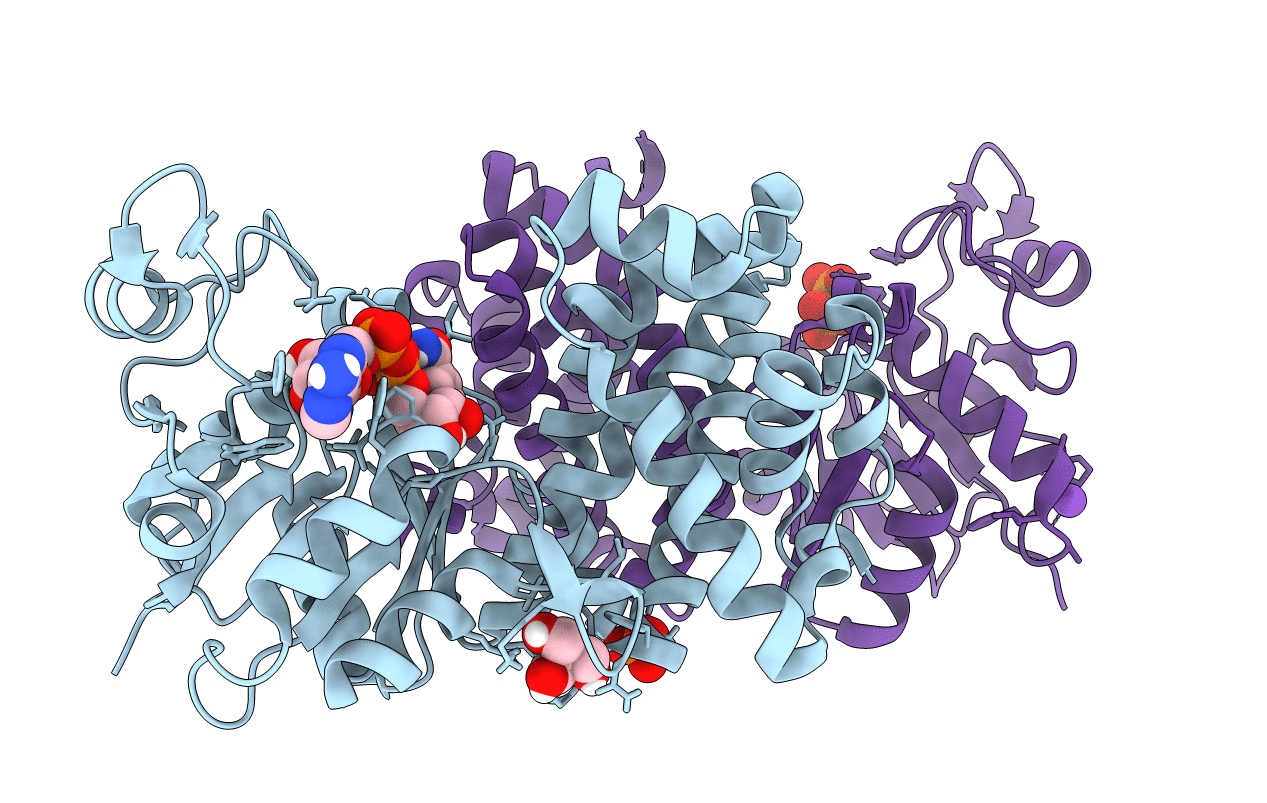
Deposition Date
2019-07-30
Release Date
2020-07-08
Last Version Date
2024-04-03
Entry Detail
PDB ID:
6PYP
Keywords:
Title:
Binary Complex of Human Glycerol 3-Phosphate Dehydrogenase, R269A mutant
Biological Source:
Source Organism:
Homo sapiens (Taxon ID: 9606)
Host Organism:
Method Details:
Experimental Method:
Resolution:
1.95 Å
R-Value Free:
0.19
R-Value Work:
0.16
Space Group:
P 1 21 1


